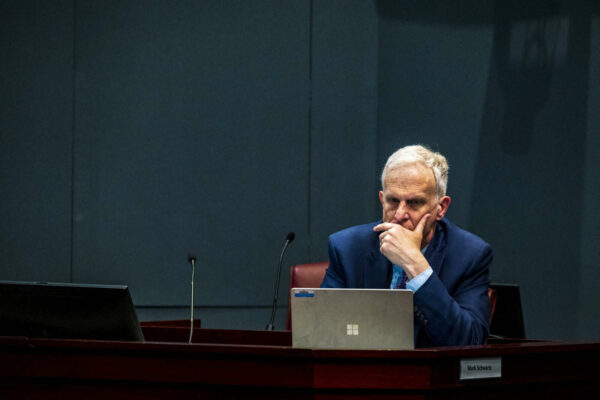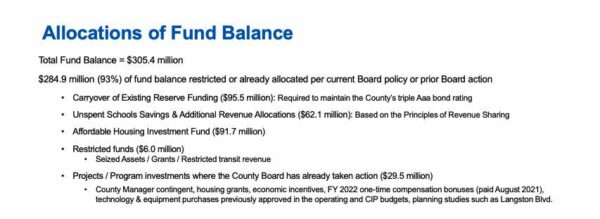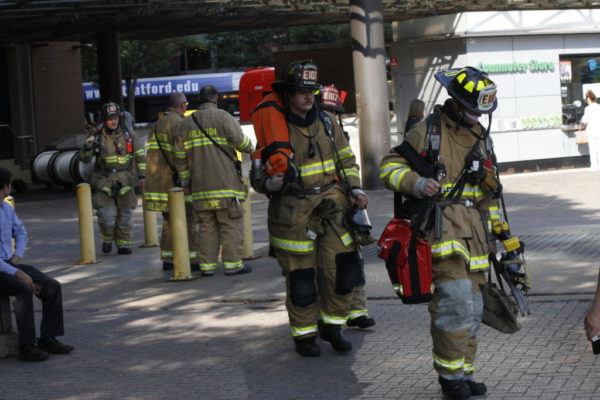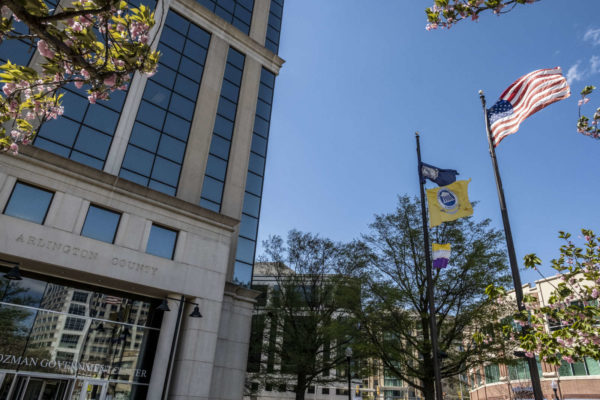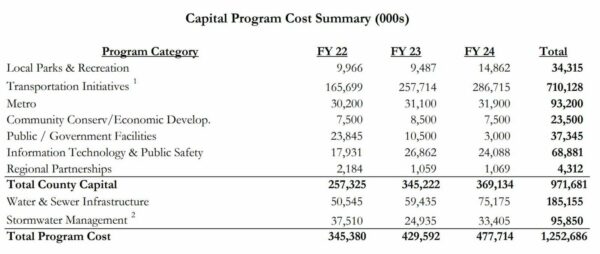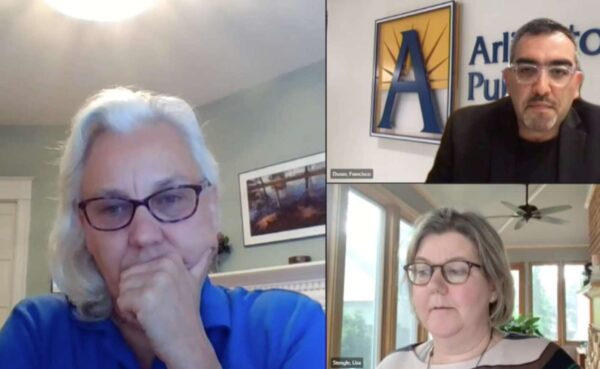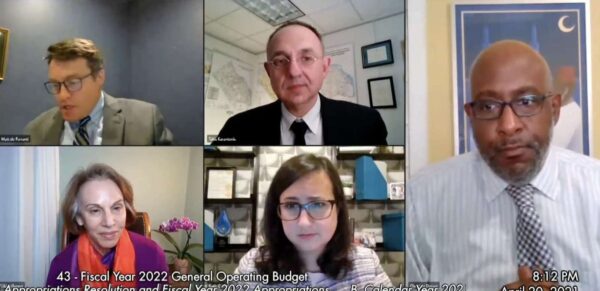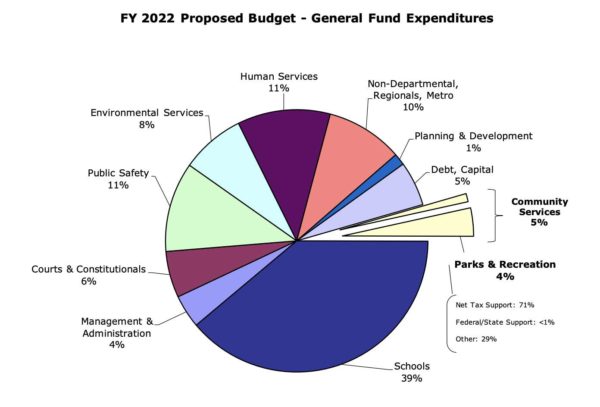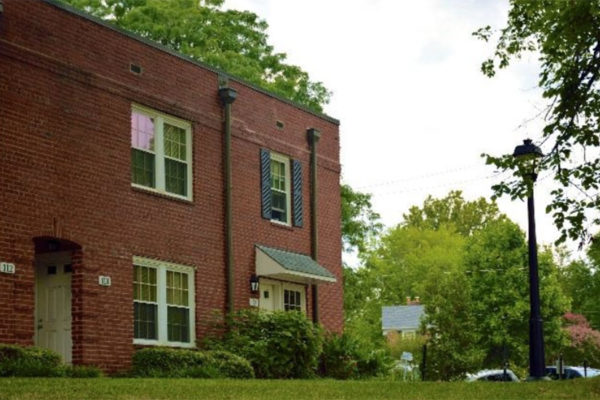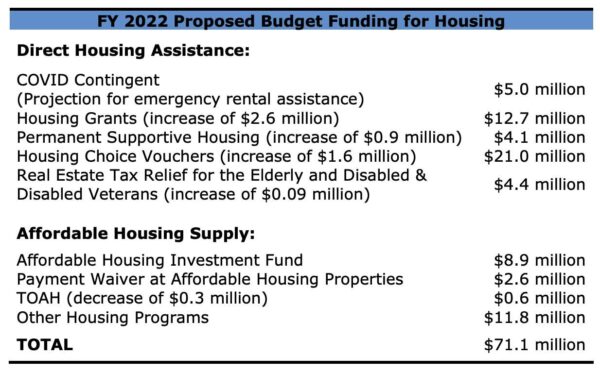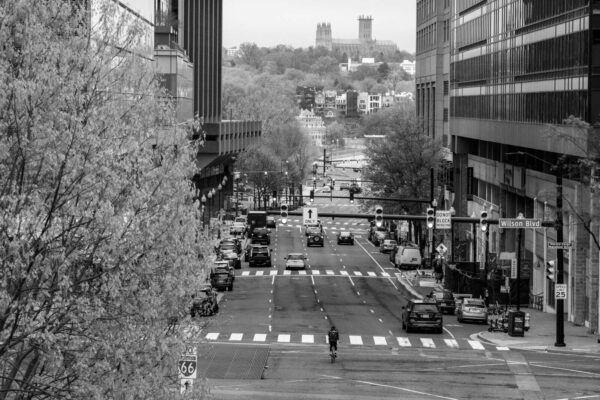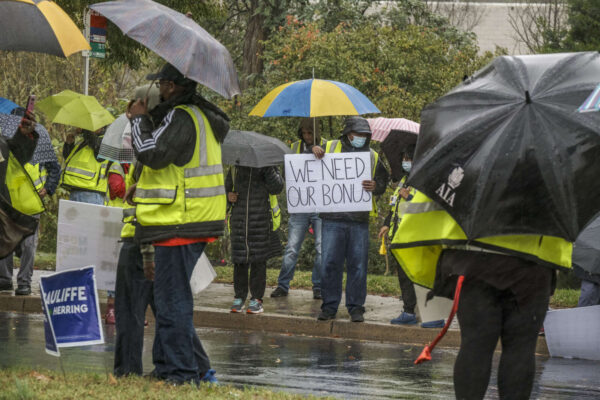
Starting this summer, Arlington Public Schools intends to pay its bus drivers the most of neighboring school systems in Virginia and Maryland.
Arlington’s bus drivers would receive the highest wages at all stages of their careers compared to other regional school systems, if APS leadership and the School Board stick to their pledge to improve employee compensation in the 2022-23 fiscal year budget, which is being developed.
This move comes after bus drivers have advocated for better pay and changes to their working environment during demonstrations and School Board meetings. Drivers have asked to receive the same bonuses provided to teachers who agreed to work during summer school and called attention to what they say is bullying and harassment within the transportation department.
APS leadership maintains that the summer school bonus was always just for teachers, but officials say they are taking steps to pay drivers more competitively. First, the School Board approved bonuses in November for all salaried and hourly employees. Now, the Board and APS administration are upping their wages by around $2.
“This is very important to me, to all of us, to ensure we’re properly compensating our employees,” Superintendent Francisco Durán said in a work session on the budget last week. “We’re not market-competitive right now, in many of our scales and positions.”
APS is looking to overhaul payment structures for teachers, administrators and support staff and make up for pay increases not granted in four of the last 10 years. Durán said this will require some budget tightening.
“I want to acknowledge that it’s going to be very painful for certain sectors of our community, who have been very attached to certain programs, that we are going to need to make some choices to cut,” School Board member Cristina Diaz-Torres said during the same meeting. “We’re going to need to make those strategic choices in order to invest in the thing we know that matters the most… our staff.”
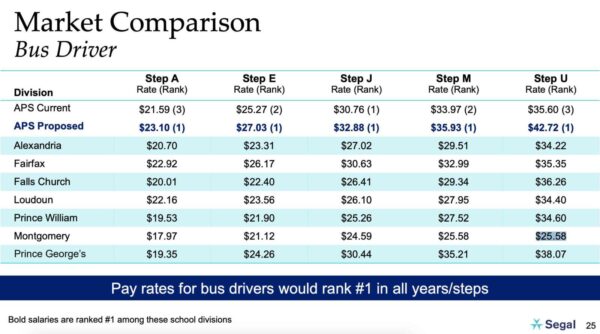
Compensation for bus drivers and attendants increased in the 2018, 2019 and 2020 fiscal years, APS says. The approved budget for this fiscal year, 2022, includes a 2% cost of living adjustment for bus drivers and pay increases based on years of service.
The planned-for raises in the 2023 fiscal year are welcome, but the devil will be in the details, according to bus driver Christina Childress.
“The starting rate continues to be displayed as $21.59,” she said in a Dec. 2 School Board meeting. “Myself nor any of my colleagues started at that number. Someone contracted for the next three years is being paid 43 cents less than that. Many work multiple jobs due to the compensation they’re not receiving at APS.”
Fellow bus driver Crystal Harris emphasized that the School Board has to act more quickly.
“2023? We don’t even know we’re going to be living in 2022, and you guys are talking about 2023,” Harris said. “Did you not forget we’re living in a world with a deadly disease taking people out on the daily?”



